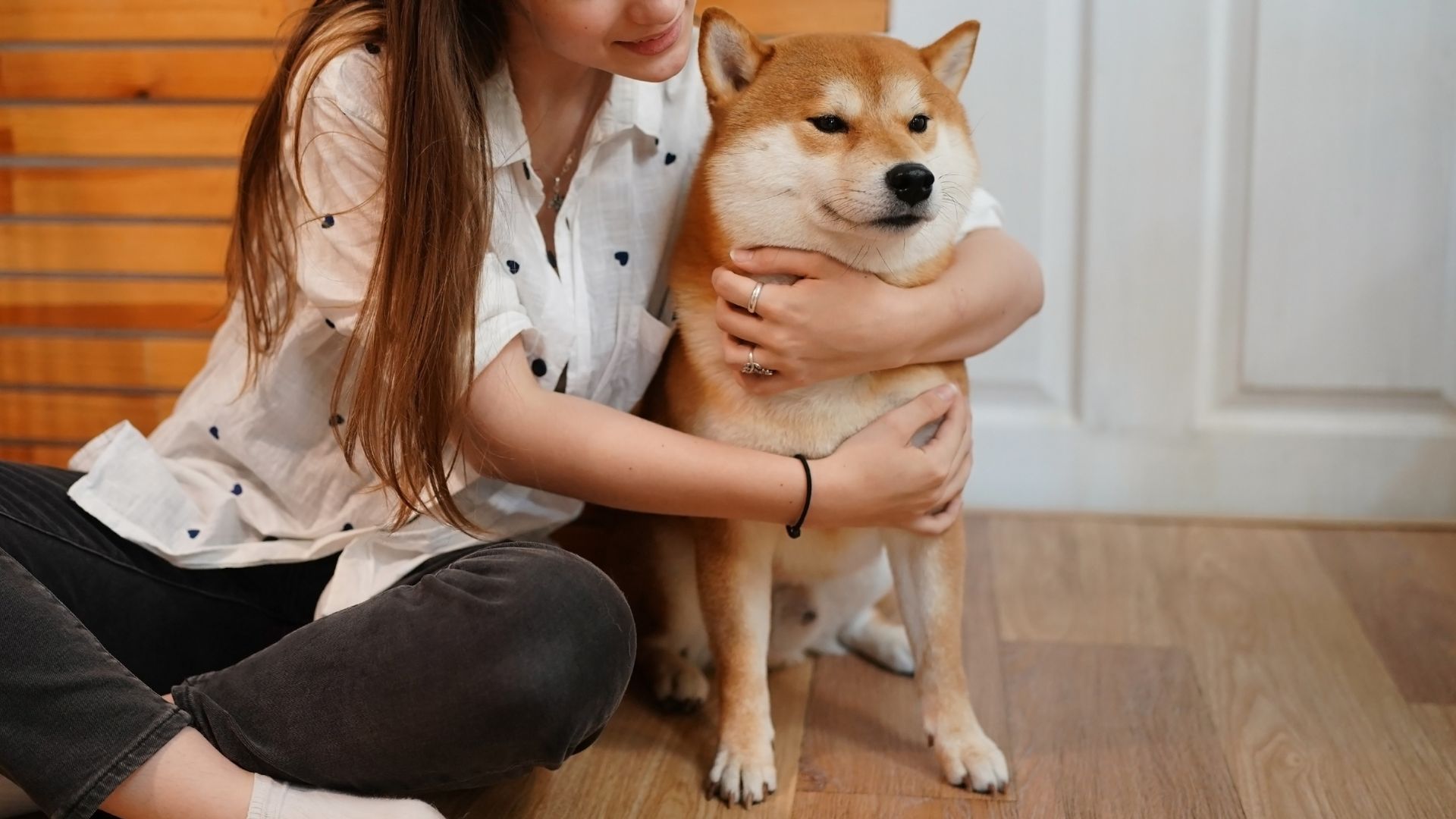Looking for a dog that won’t turn your home into a nonstop bark fest? You’re not alone. Whether you’re a light sleeper, a busy parent, or just value a little peace and quiet, a dog that keeps barking to a minimum can be a perfect match.
While no dog is truly silent, barking is, after all, one of their key ways to communicate; some breeds are far more reserved than others. These quieter companions tend to bark only when they truly have something to say, making them great for apartment living or households that favor serenity over sound.
Of course, training and environment play a role, but some dogs are just naturally more chill when it comes to vocalizing. From elegant sighthounds to thoughtful working dogs, here are seven quiet dog breeds known for their calm presence and minimal barking, ideal for those who prefer wagging tails without the woofs.
Bark-Free Dog Breeds For Homes
1. Basenji
Size: Small (22–24 lbs)
Best For: Experienced owners, quiet households
Often called the “barkless dog,” the Basenji communicates through a soft yodel or “baroo” rather than traditional barking. This trait stems from an unusually shaped larynx, giving the breed its famously quiet reputation.
Originally used in Central Africa to flush game, Basenjis were chosen for their stealth and independence. Hunters relied on bells to keep track of them, since vocal alerts weren’t part of their toolkit.
These dogs are athletic, intelligent, and more catlike than canine in behavior. According to Orvis, they’re curious explorers, clean self-groomers, and tend to use body language and eye contact over noise to communicate needs.
While calm indoors, Basenjis need structure and stimulation. Without physical and mental outlets, they can become mischievous or destructive. They’re best matched with confident, dog-savvy owners who respect their unique personality.
2. Borzoi
Size: Large (60–105 lbs)
Best For: Calm families, homes with secure yards
The Borzoi, once known as the Russian Wolfhound, is a silent and graceful sighthound bred to pursue prey without making a sound. Barking simply isn’t part of their operating system; they watch, assess, and respond with elegance.
Despite their powerful history as wolf hunters, Borzois are famously gentle at home. They dislike conflict, rarely raise their voices, and often choose quiet companionship over rowdy interaction.
They thrive on routine and enjoy peaceful activities like long walks, lounging, or calmly trailing their humans from room to room. These dogs are affectionate but not clingy, maintaining a quiet dignity in how they bond.
Borzois require regular grooming and safe, on-leash exercise. Their sensitivity and independence mean they respond best to soft-spoken, reward-based training rather than firm commands or loud correction.
3. Scottish Deerhound
Size: Giant (75–110 lbs)
Best For: Calm homes, rural or fenced properties
The Scottish Deerhound is often dubbed the “Royal Dog of Scotland,” originally bred to silently stalk red deer across the Highlands. Despite their large frame, these dogs are soft-spoken and rarely bark unless absolutely necessary, often choosing silence even during moments of excitement.
Their wiry coat and lanky build give them a somewhat rugged appearance, but they are surprisingly delicate in temperament. These dogs are famously gentle with children and prefer lounging peacefully indoors after their daily gallops.
As per PetMD, while they are laid-back at home, they retain a strong prey drive and should always be walked on leash or exercised in enclosed areas. Their history as sighthounds means they’re easily triggered by fast movement, including small animals and birds.
Due to their independent streak, training requires patience and creativity. Scottish Deerhounds aren’t stubborn; they’re simply dignified, responding best to quiet encouragement rather than rigid commands. This breed thrives in tranquil households that honor both their nobility and their need for space.
4. Shiba Inu
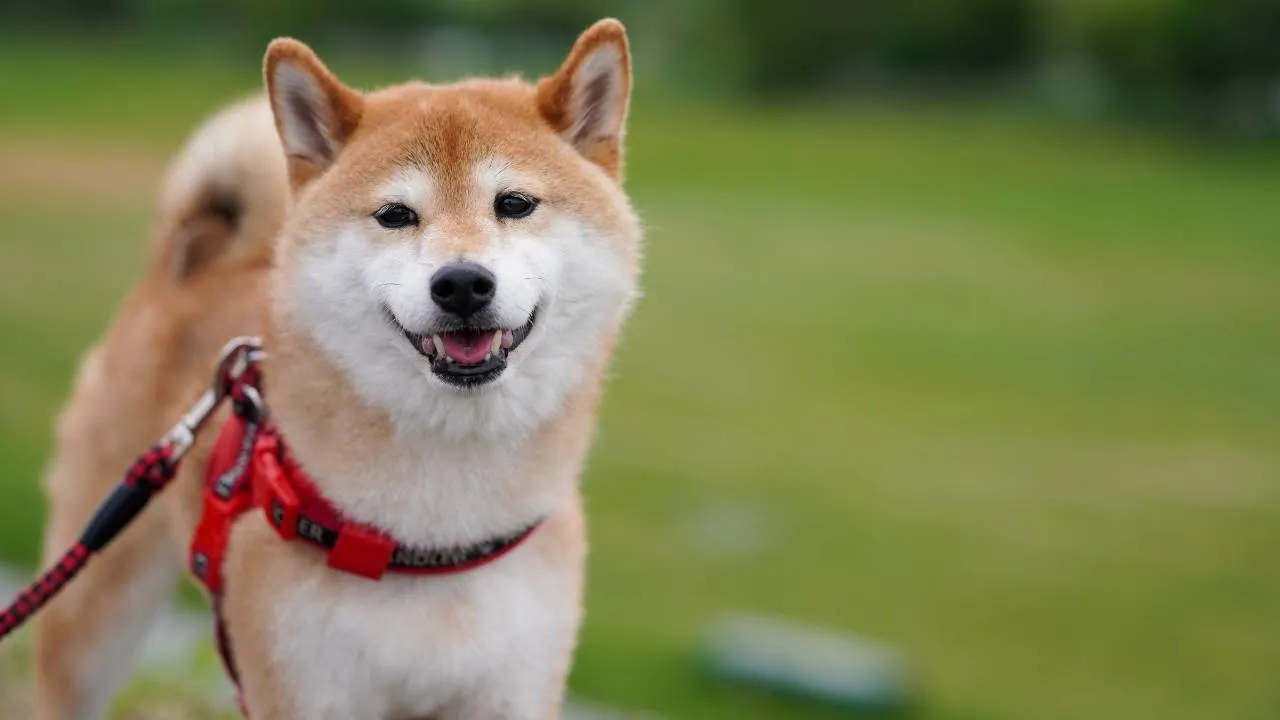
Size: Small (17–23 lbs)
Best For: Experienced dog owners, apartment dwellers
The Shiba Inu might be Japan’s smallest spitz breed, but their confidence is anything but small. While they generally avoid barking, these fox-like dogs can produce a unique and infamous “Shiba scream” when stressed or excited, though it’s rarely heard unless something’s truly amiss.
Fiercely independent, Shibas are clean, quiet, and meticulous in self-grooming, often likened to cats. Their loyalty is reserved for those they respect, and once trust is earned, they form deep bonds with their humans while still maintaining personal boundaries.
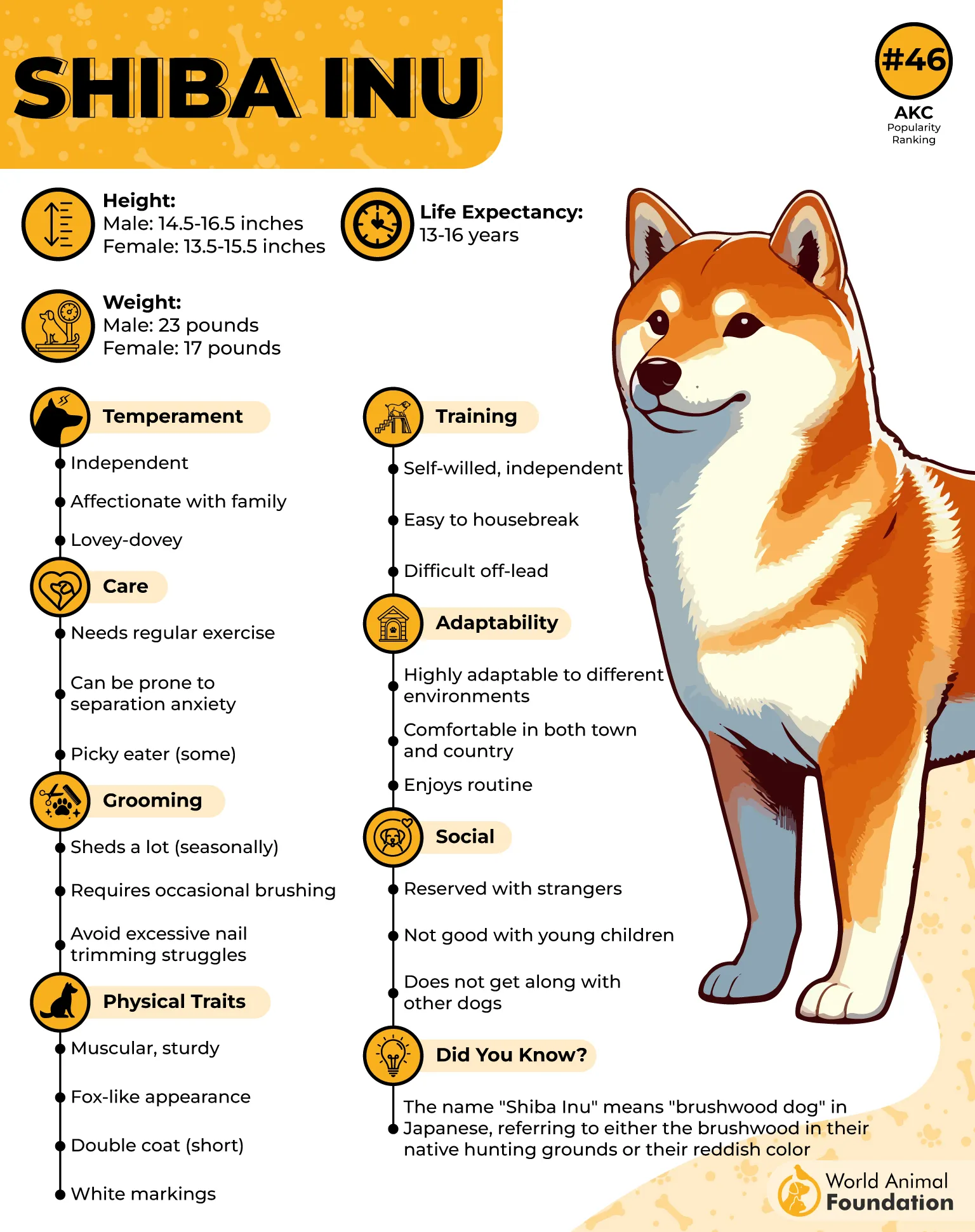
These agile dogs need secure spaces due to their strong prey drive and escape-artist tendencies. Off-leash play is risky, as their instinct to chase squirrels or shadows often overrides recall training. Consistent, respectful training from a young age is vital to developing a well-mannered adult.
Though strong-willed, the Shiba Inu is highly intelligent. The trick lies in making obedience their idea. With early socialization, a secure yard, and a patient hand, they can be exceptional companions, fierce, funny, and far quieter than you’d expect from such a dynamic personality.
5. Irish Setter
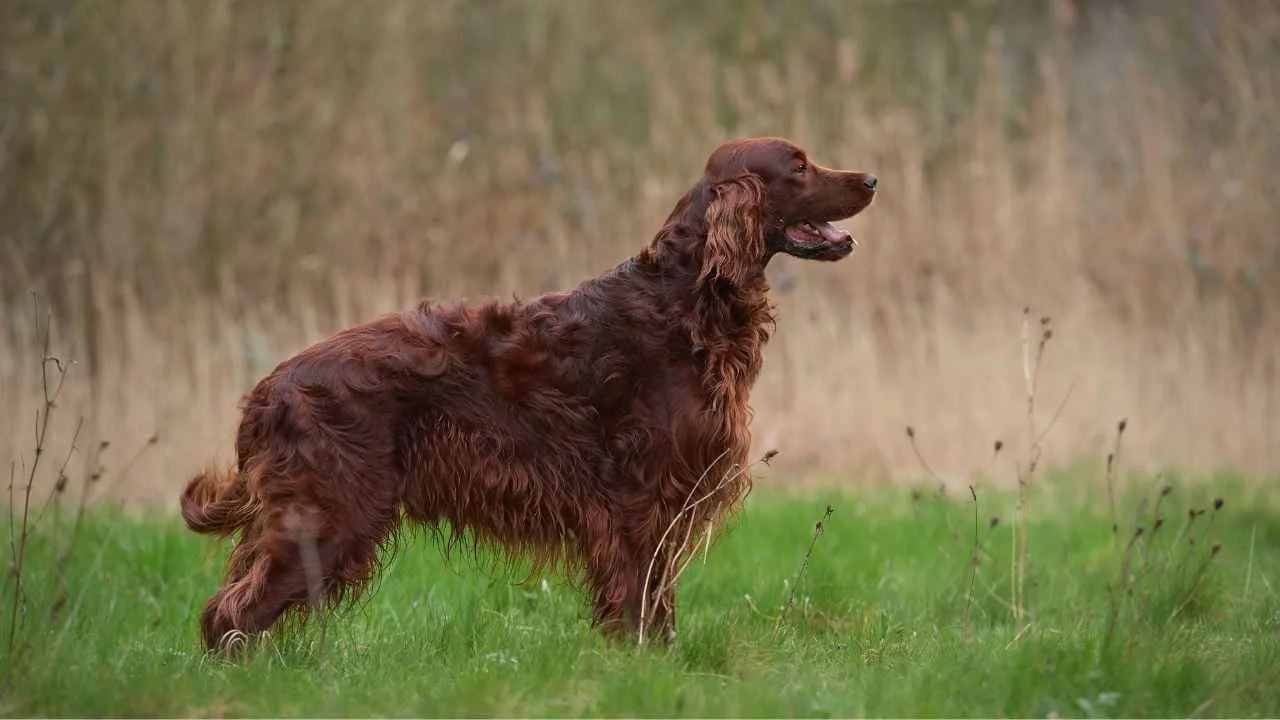
Size: Large (40–70 lbs)
Ideal For: Active households, families with space to play
The Irish Setter’s signature red coat and joyful personality make it hard not to smile around them. Despite their energetic nature, these dogs rarely bark for no reason. Their vocalizations are typically limited to play or alerting, not outbursts of boredom or anxiety.
Bred originally for bird hunting, their role was to silently “set” near game, alerting hunters without startling prey. This quiet job molded the breed into one that communicates more through body language and eye contact than barking.
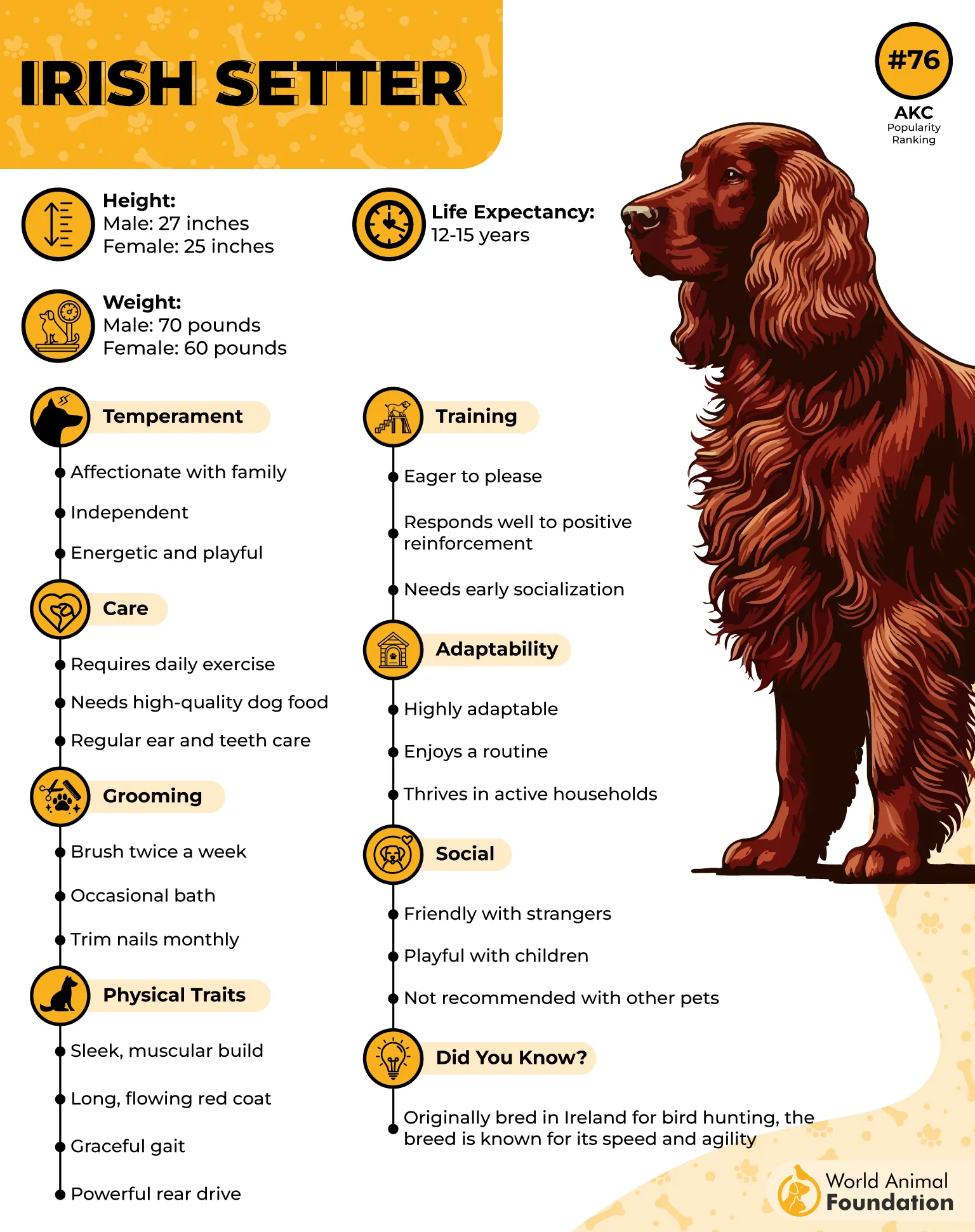
Irish Setters are outgoing and affectionate, often becoming fast friends with kids and other dogs. Their exuberance, however, requires daily outlets, such as long walks, agility work, or active games, to channel their bounce into something productive.
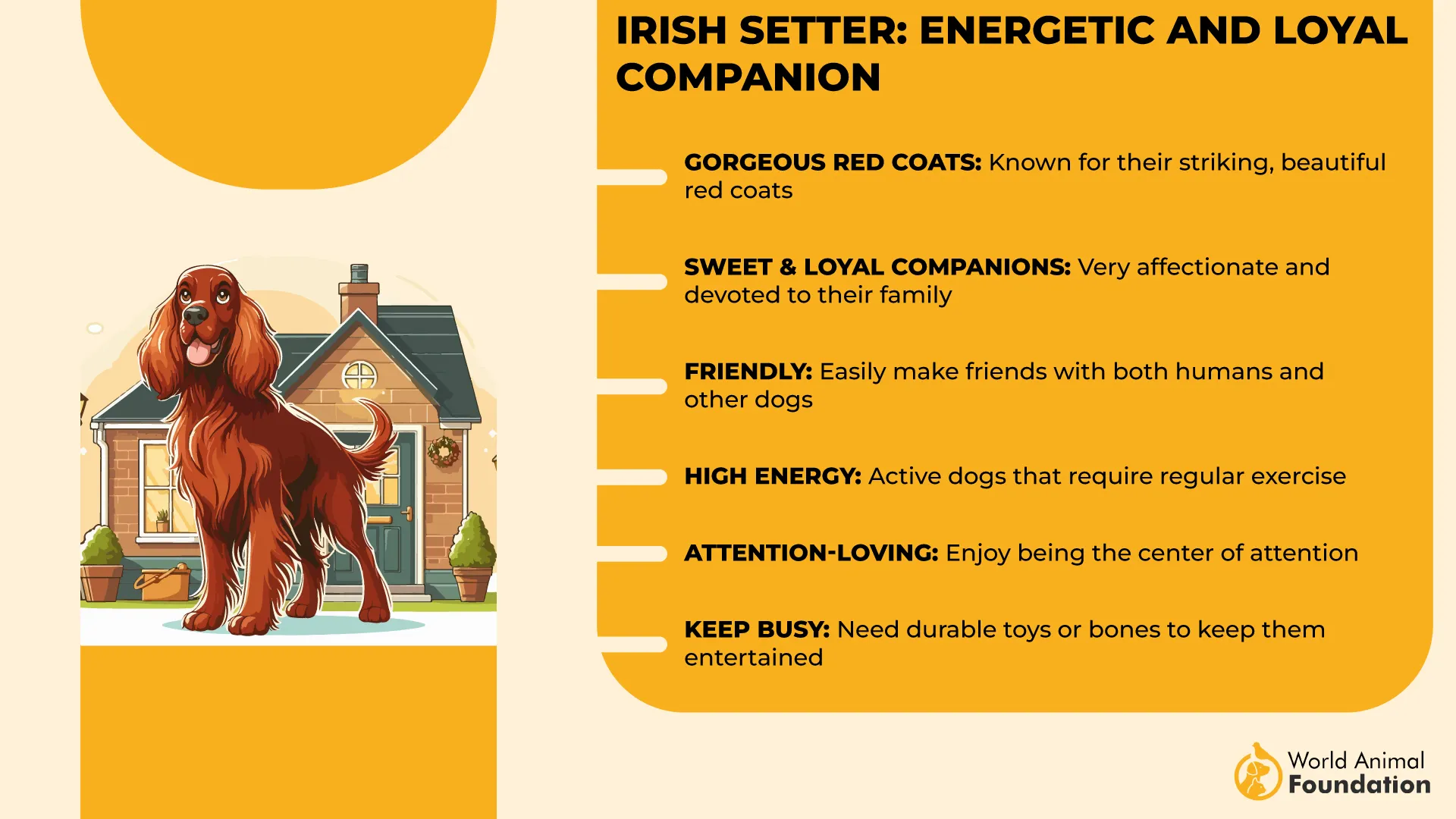
Though they’re smart, training requires a balance of patience and positive reinforcement. Keep it varied to hold their attention, and you’ll have a well-mannered, quiet dog that thrives in both suburban backyards and lively households.
6. Saluki
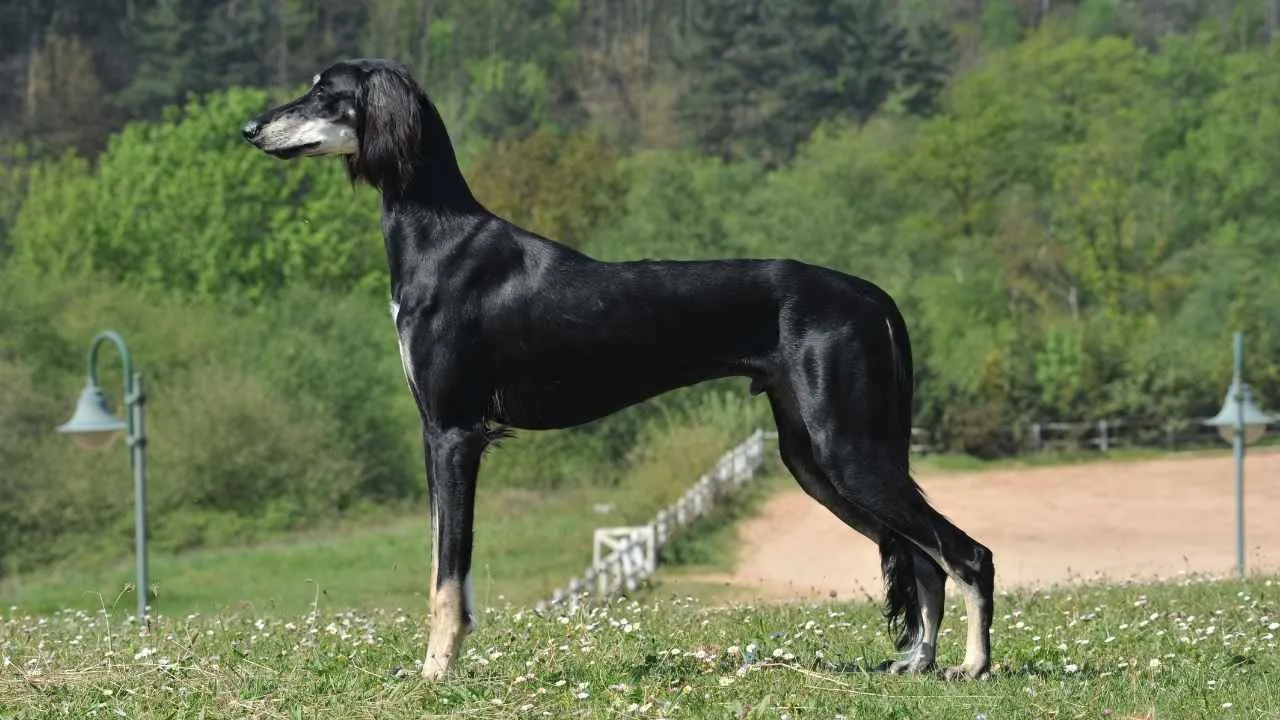
Size: Medium to Large (40–65 lbs)
Ideal For: Calm homes, runners, and experienced dog owners
The Saluki is a sleek, graceful dog with deep roots in ancient Middle Eastern cultures. Revered for their hunting abilities and speed, they were bred to chase silently across vast deserts. Today, they retain that quiet nature, often gliding through your home like a shadow.
While affectionate with their families, Salukis are reserved and dignified. They’re not prone to barking unless something truly unusual catches their attention, making them excellent companions in noise-sensitive environments.
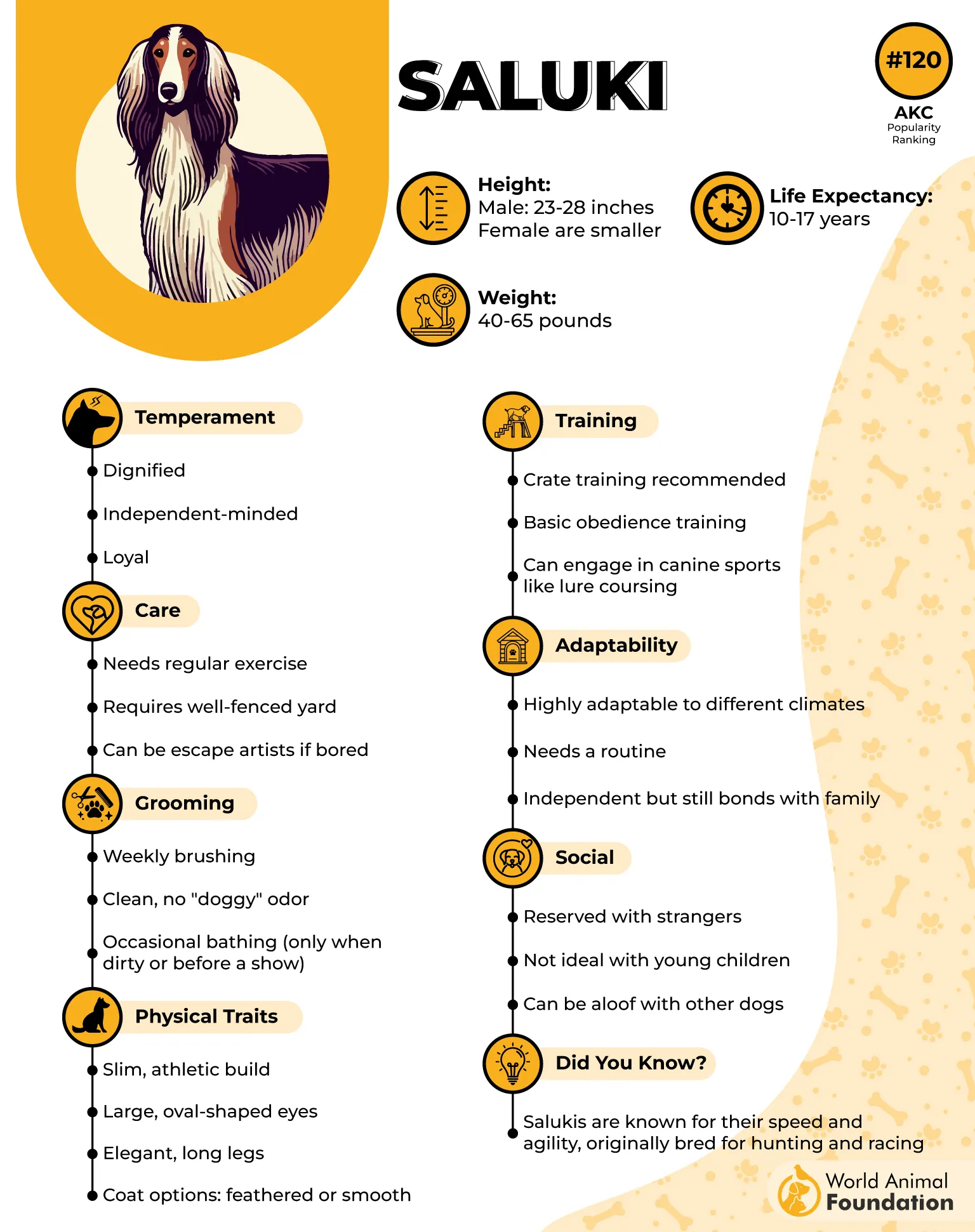
Exercise is essential. These dogs may nap the day away indoors, but outside, they transform into elegant runners with astonishing bursts of speed. A securely fenced area is crucial—they’ll chase anything that moves, and they won’t stop to listen.
Training a Saluki requires finesse. Their independent nature means they’ll think for themselves, not just obey commands for obedience’s sake. Keep sessions short, upbeat, and respectful, and you’ll earn the cooperation of a quiet, noble partner.
7. Akita
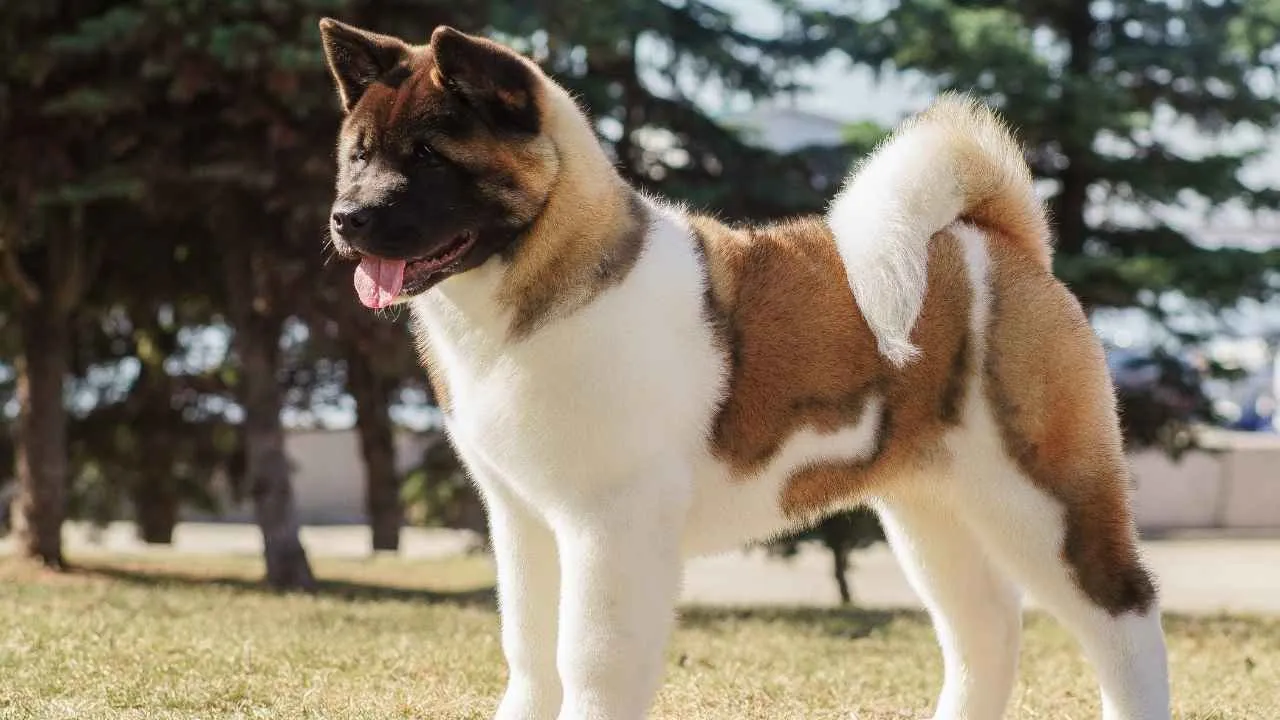
Size: Large (70–130 lbs)
Ideal For: Experienced handlers, quiet homes with strong boundaries
The Akita’s silence isn’t from shyness—it’s from strength. These powerful, loyal dogs speak only when needed. A low growl or single bark is usually enough for them to make their point, which is why many see them as the strong, silent guardians of the dog world.
Akitas form deep bonds with their chosen humans but are naturally aloof with outsiders. Their quiet watchfulness makes them excellent protectors, yet their calm presence indoors means they’re far from noisy or disruptive.
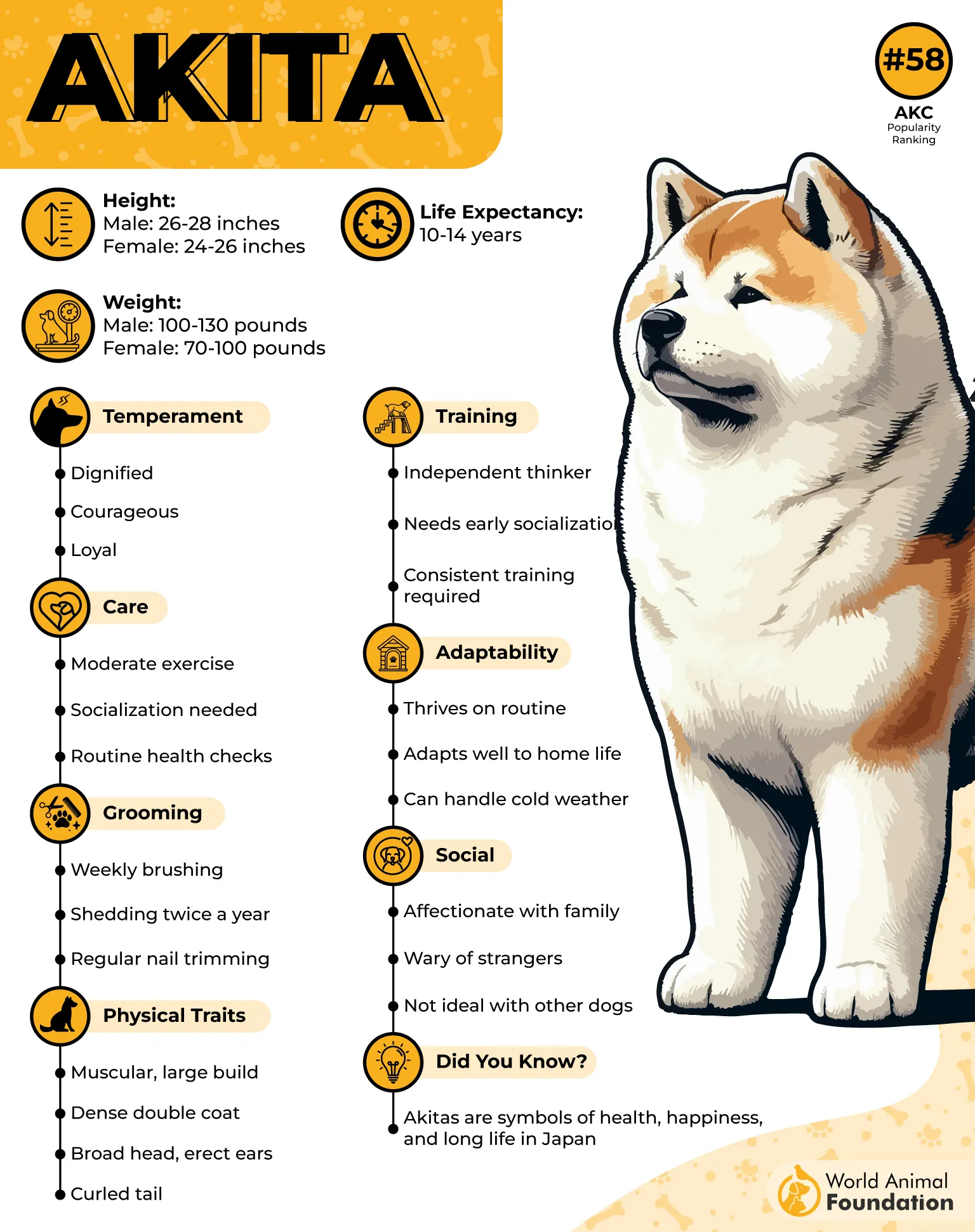
They require early, ongoing socialization to balance their instincts with polite behavior. Untrained Akitas can become territorial, but those raised with patience and structure grow into composed, non-reactive adults.
Though generally quiet, they do have a quirky side: they’re known for “talking” with soft vocalizations—grumbles, mumbles, and groans—not barking. It’s their way of joining conversations without making a scene.
8. Bernese Mountain Dog
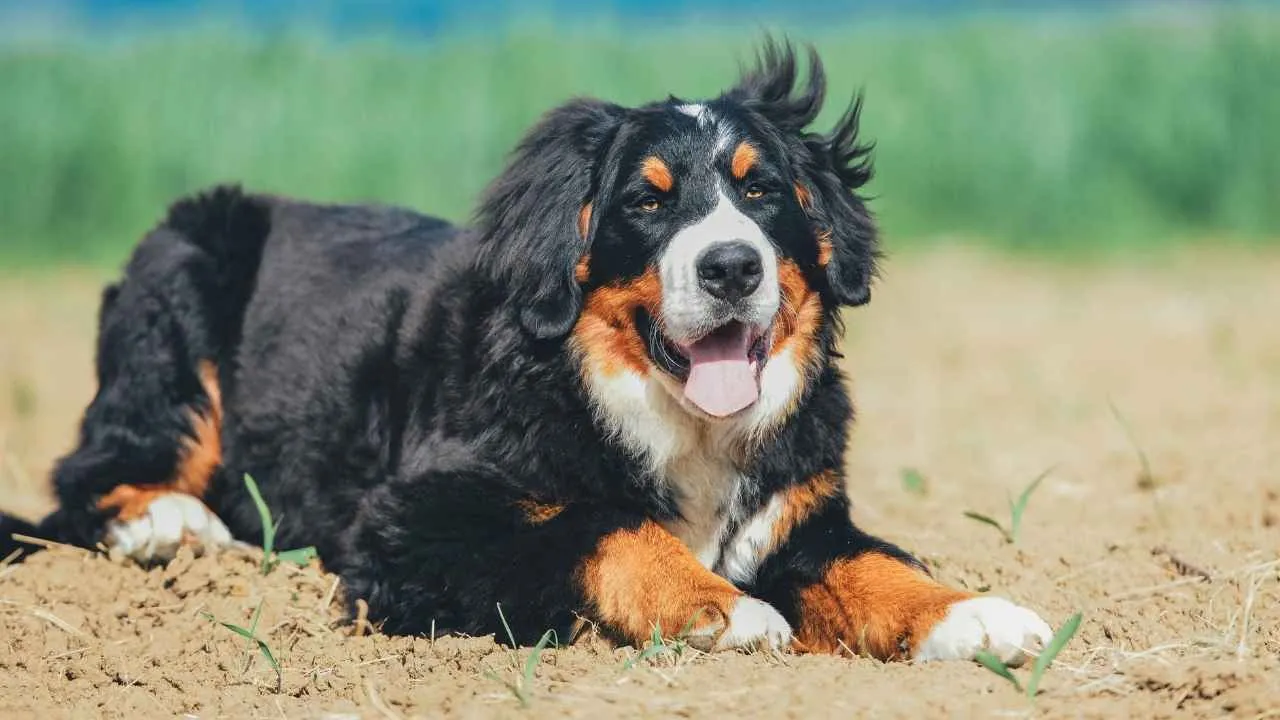
Size: Large (80–115 lbs)
Ideal For: Families with space, calm but active households
Originally bred to haul carts and herd livestock in the Swiss Alps, the Bernese Mountain Dog is sturdy, serene, and surprisingly soft-spoken. Though they may alert once or twice, they’re generally not inclined to fill the house with unnecessary noise.
Berners are affectionate giants who tend to bond closely with their family, often choosing one person as their favorite shadow. Their gentle disposition makes them naturally patient with children, and their quiet demeanor is a bonus for harmony at home.
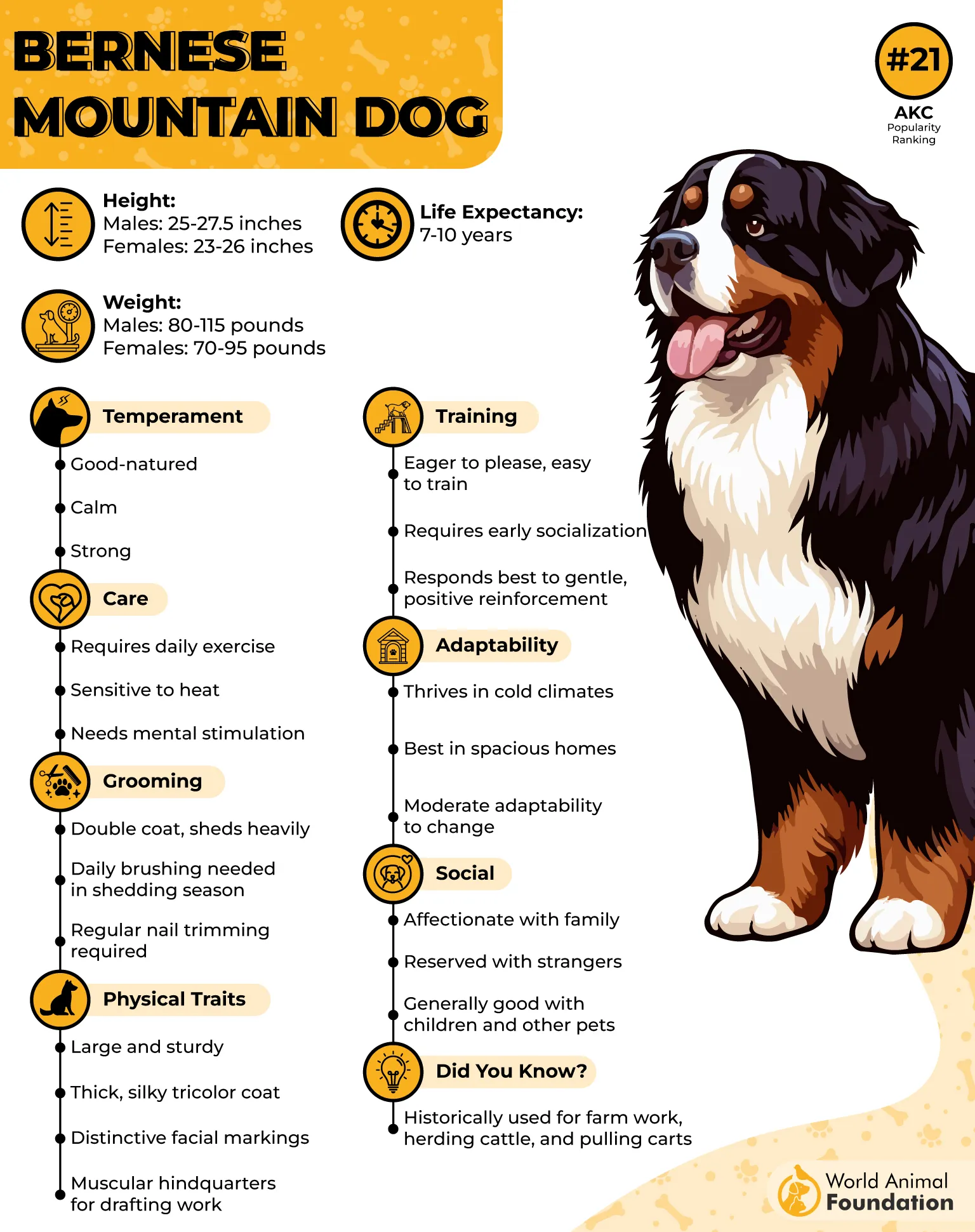
While calm indoors, they require regular activity to stay fit and happy. Think long walks, hiking trails, or mentally stimulating games; without it, boredom might trigger occasional barking or destructive habits.
They are social by nature but not overbearing. As per PDSA, Bernese Mountain Dogs respond best to consistent, positive training. Their eagerness to please makes them cooperative learners, especially when rewarded with praise and treats over stern correction.
9. Cavalier King Charles Spaniel
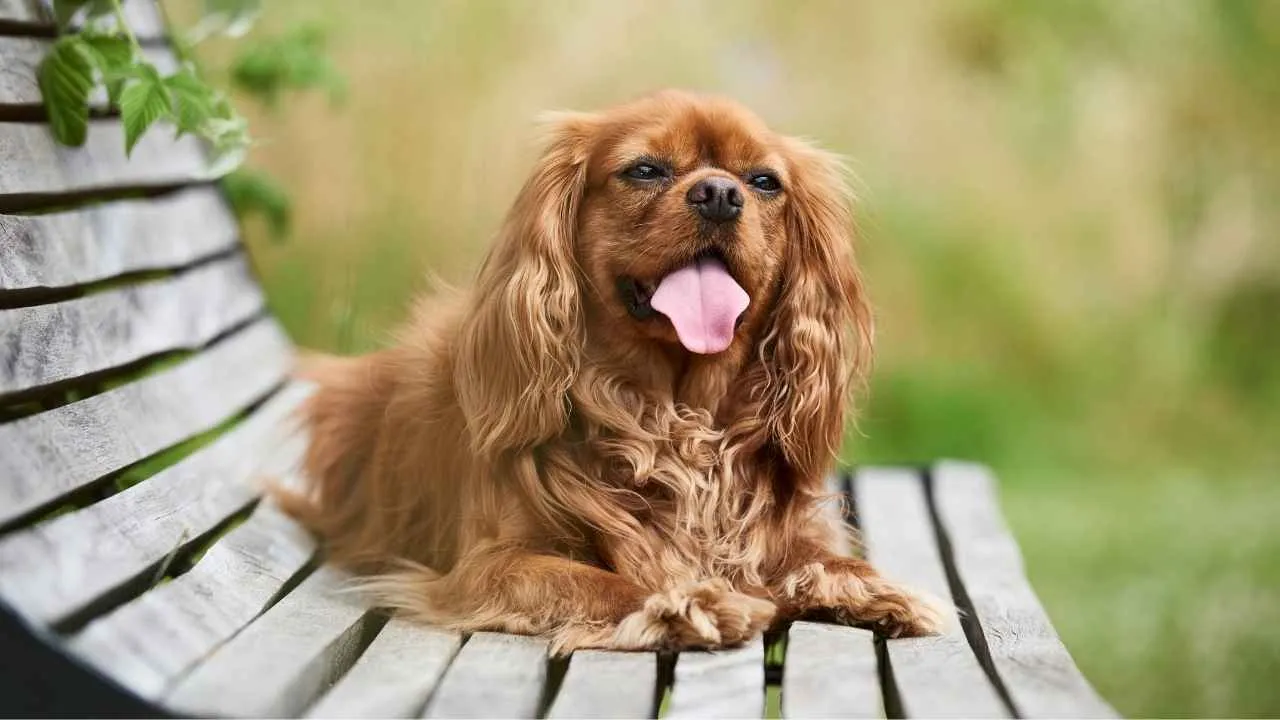
Size: Small (13–18 lbs)
Ideal For: Seniors, apartment dwellers, attentive owners
Despite their compact size, Cavaliers are impressively quiet and composed. When they do vocalize, it’s typically a soft alert or a mild protest at being left alone.
These velvety-eared lapdogs were bred for companionship, not guard duty. They’re happiest glued to your side, adapting effortlessly to lazy afternoons or gentle strolls, and they tend to greet strangers with a wag, not a warning.
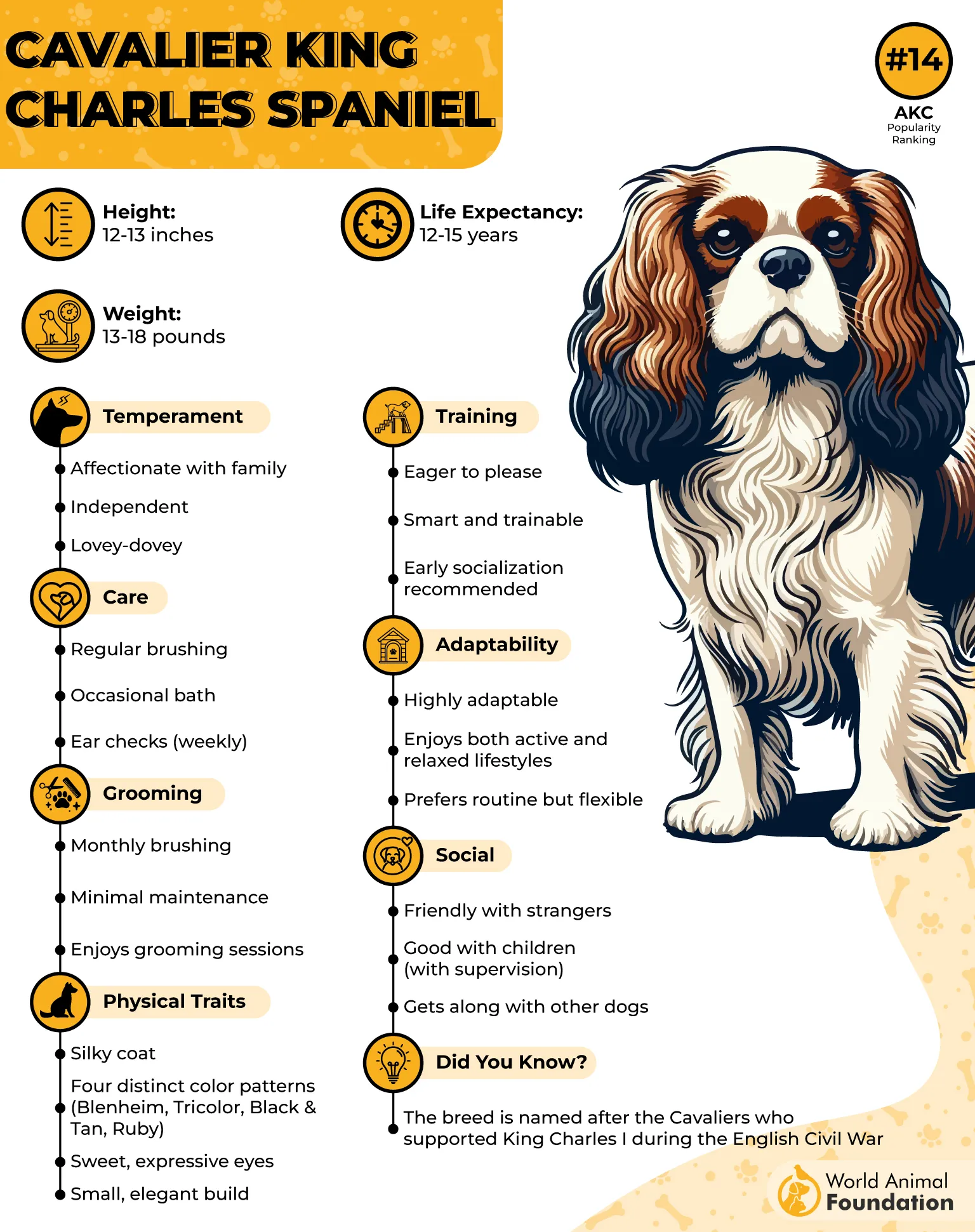
Their affectionate, human-focused temperament makes them prone to separation anxiety. Without company, they may express distress vocally, so they’re best for owners who are often home or can arrange frequent interaction.
Minimal training effort is needed for good manners, but early socialization helps prevent clinginess and builds independence. For a quiet, cuddly pet that won’t disrupt the peace, Cavaliers tick all the right boxes, graceful, loyal, and sweetly serene.
Conclusion
Whether you’re searching for a gentle giant, a quiet pup with a calm nature, or a loyal companion that doesn’t alert at every leaf rustle, these breeds showcase how diverse quiet dog breeds can be. From hunting dogs like the Saluki to working breed stalwarts such as the Bernese Mountain Dog, each one offers a unique blend of personality and presence.
Many of these calm dogs may not be vocal in the traditional sense, but their expressive eyes and facial expressions say more than words ever could. Some are independent thinkers, others are Velcro pets, and all prove that silence doesn’t mean a lack of character.
These dogs often strike a beautiful balance between play and peace, making them a perfect fit for the dog lover who values serenity. Whether it’s dinner time, tail wags, or quiet moments curled by your side, their energy levels can be low-key without ever feeling dull.
If you’re considering adding a family dog to your life, one of these peaceful pups might just be the match you’ve been waiting for. They ask little in return for what they give: companionship, trust, and a whole lot of love, with low maintenance on the barking front.


